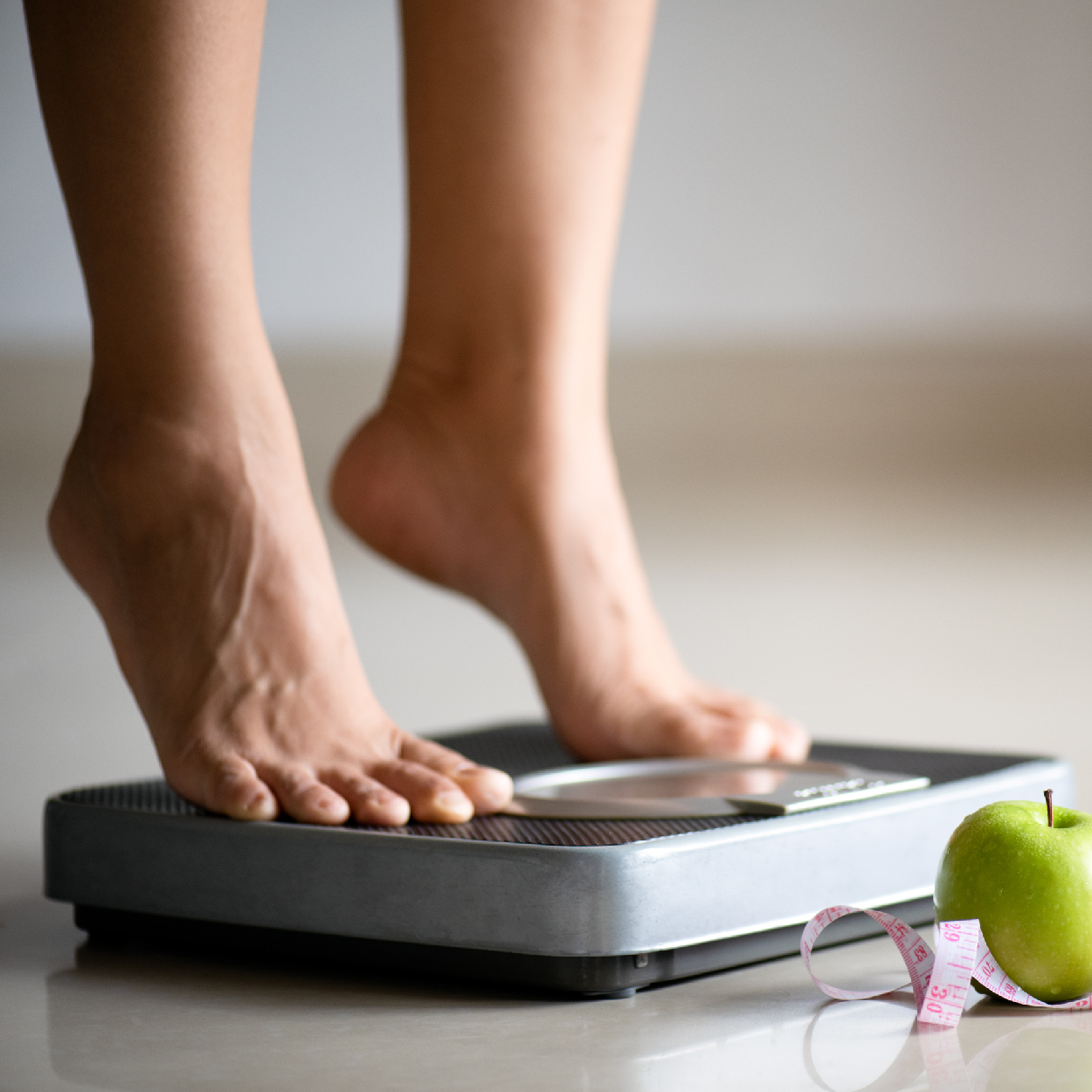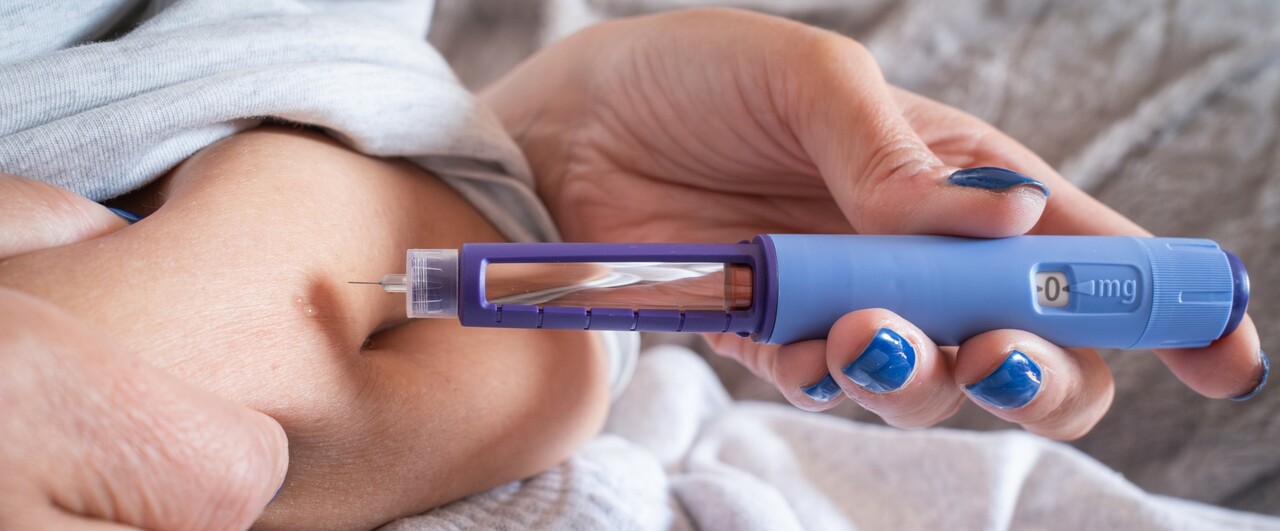Assessing Weight: Pounds, Percent or Inches?
Given the health risks associated with being overweight or having obesity, and because many of them can be avoided or even reversed with weight loss, it is important for all of us to monitor our weight regularly.
Obesity is challenging to deal with on many levels. Anyone who has struggled with their weight knows about the emotional ups and downs, and the risk for obesity-related diseases is well-documented. For some people, denial is a mechanism for dealing with increased weight. Many people have misperceptions about their own body size and shape, so they end up with an inaccurate estimate of their weight and they’re able to convince themselves that they don’t have a problem. And because there is an unfortunate stigma associated with weight, even some doctors are uncomfortable diagnosing obesity or even discussing it, especially if they, too, are also overweight.
This makes it difficult to come to realistic terms with weight and medical issues, especially because no one likes to diet. But given the health risks associated with being overweight or having obesity, and because many of them can be avoided or even reversed with weight loss, it is important for all of us to monitor our weight regularly.
Body Mass Index (BMI)
In addition to the numbers on the scale, there are other measures that can help us understand where we fall on the weight spectrum between healthy and obesity. Body Mass Index, or BMI, is the most typical way doctors measure obesity. This is done using a metric formula that divides weight by height, with a BMI over 25 but under 30 considered overweight, and anything over 30 categorized as obese. Here’s a calculator that can estimate your BMI.
The reason BMI is so commonly used is because there is a strong connection between higher BMIs and health conditions such as diabetes, high blood pressure, high cholesterol, sleep apnea and some cancers. However, BMI can not tell the difference between fat and muscle, nor does it consider where fat is located. People who carry weight in their hips rather than in their belly have lower risk, and women have more body fat than men, which means a women who weighs about the same as a man would likely have a higher BMI. Because of these considerations, BMI is better used as a way to screen for potential weight problems, rather than being the final word on it.
Body Fat Percentage
To more accurately distinguish between body fat and lean muscle, body fat percentage can be measured. A benefit of this method is that it takes into consideration differences in body fat between men and women and identifies separate baseline measures for each (men >25%; women >30%). This helps, but like BMI, body fat percentage doesn’t account for where body fat is located.
To find where fat is distributed, the best way is to measure various parts of the body. Waist circumference can show the difference between an “apple,” someone who carries weight in their belly, and a “pear,” someone who is fuller in the hips, thighs and backside. Higher risk is most often seen in women with a waist larger than 35 inches and men with a waist larger than 40 inches.
Waist-to-Hip Ratio (WHR)
The ratio between waist and hip is another reliable measure. This can be calculated by measuring your waist and hips, and dividing waist circumferences by the hip circumference. For women, a ratio below .80 is low risk, between .81 and .85 is moderate, and over .86 is high. For men, low risk is under .95, moderate is between .96 and 1.0, and high risk is over 1.0. Because both of these help identify potential risks based on distribution of fat, they can be more reliable indicators than BMI.
Small Steps Lead to Big Changes
Weight loss is a process and a good way to determine progress is to record changes. Weight, BMI and waist (and/or waist-to-hip) circumference can be easily monitored in the comfort of your own home, so start tracking! This can help identify potential high risk categories to be discussed with your doctor and also used as a baseline for ongoing monitoring. Remember that it took time to gain weight and it will take time to lose it, so be generous and compassionate with yourself (you know you would be if it was someone else)! Small steps lead to big changes!




